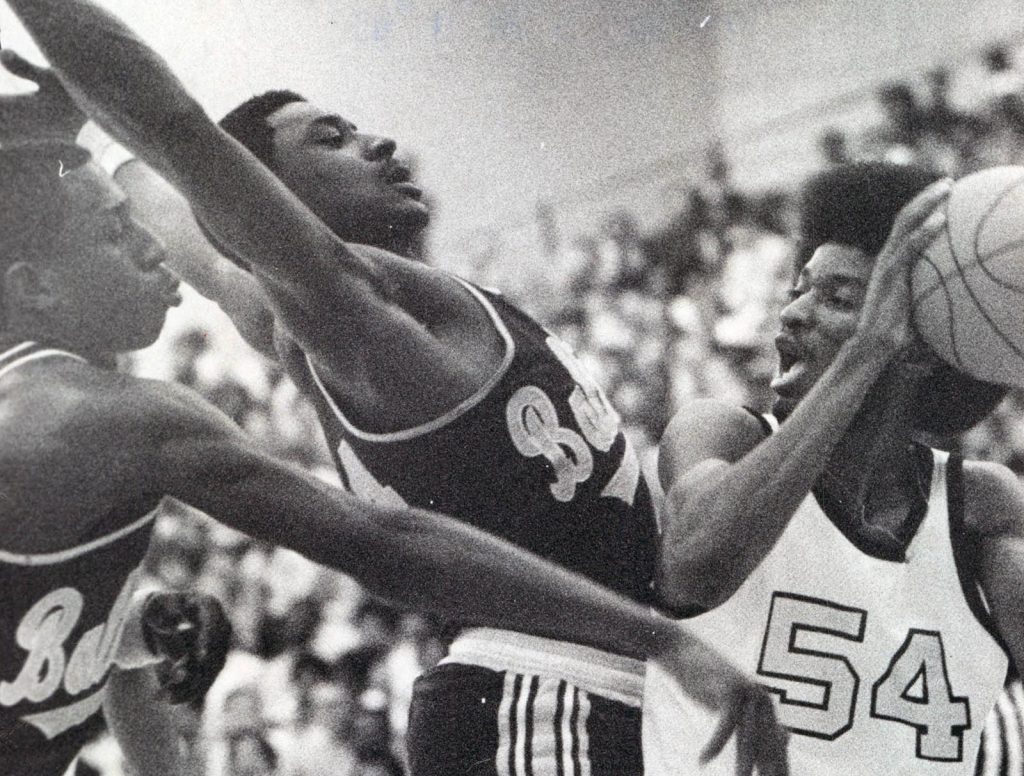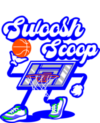Sports
Timothy Thompson’s first book, ‘Renaissance,’ immortalizes a golden era of college basketball in Baltimore – Baltimore Sun

Baltimore Sun eNewspaper
Sign up for email newsletters
Sign up for email newsletters
Baltimore Sun eNewspaper
Trending:
Timothy Thompson didn’t want to see such a formative golden age of local basketball history fade away into the ether, left only to oral history passed down from generation to generation. He wanted to make sure the story — the whole story — was properly preserved.
Once he retired, Thompson, 67, set out to interview dozens of former players, coaches, athletic directors, university presidents and scribes. His first book, “Renaissance: Baltimore College Basketball During the 1970s,” released in March on Amazon, spends over 650 pages reliving what he calls the perfect storm that created a magical era of Baltimore hoops.
“The chapters chronologically, or systematically, introduce the elements of this perfect storm,” Thompson said. “There was a lot of talent in the Baltimore metro area that was untapped by outside recruiters who considered Baltimore at that time to be kind of a backwater area.”
Those recruiters preferred New York, Philadelphia or Washington. That left what Thompson calls an untapped gold mine of rising basketball talent in Baltimore that filled area college rosters.
Thompson has a personal tie to the period, having been a Towson State student in the 1970s.
He once stood shoulder to shoulder with his college buddies to watch the Tigers and University of Baltimore duke it out in the old Towson Center. He found himself swept up by the drama of what was then the city’s chief basketball rivalry, the flare of that 1976-77 season that Thompson considers the climax of the renaissance.
Towson, coached by Vince Angotti, and University of Baltimore, headed by Frank Szymanski, were “replete with Baltimore stars” and “under recruited talent” from their own backyard. The Tigers were the No. 1 ranked team in NCAA Division II. And the Bees had only three losses, all from four regular-season meetings with Towson.
Those programs met in the Mason-Dixon Conference championship with a trip to the Division II tournament on the line. It was an overtime thriller, decided by three points in Towson’s favor after a miracle comeback. Standing room only. It’s the cover of Thompson’s book, showing the Tigers’ Brian Matthews pump-faking UB’s burly center Cleveland Rudisill and sharpshooter George Pinchback.
Thompson, at the time, couldn’t fully appreciate the good old days. It wasn’t until years later that a college course assignment gave him the idea for a book on that glorious era.
Thompson returned to Towson in the early 1990s to get his master’s degree in professional writing. One of his professors had broadly assigned the class to write something that would fit the mold of a freelance magazine feature.
“I don’t know what it was that compelled me to choose this topic,” Thompson said. “But I started mulling what had happened. I was now a grown up and it was the early 90s, so I could reflect on what had happened. So I began talking with some of the gurus of basketball in the area.”
That college assignment came and went. Thompson got his degree and moved on with his life. But the idea to further explore the topic sat in the back of his mind for decades. His family often probed him, asking, “When are you gonna write that book?” He said there were two driving forces for returning to chase such a project.
First, he never lost an appreciation for that period of basketball. As the game evolved and the city hoops landscape reshaped around him, Thompson often thought back to how special and competitive that time was. The other reason is that “college basketball in Baltimore is kind of a pathetic shell of itself now, compared with the 70s.”
That Towson-UB game was the climax of the renaissance. But the roundball tectonic plates began to shift one Saturday afternoon in February 1973 with what Thompson and many others consider the most famous game in Baltimore history.
Dunbar walked into the Civic Center and upset storied national powerhouse DeMatha Catholic, 85-71. DeMatha fielded future Hall of Famers Morgan Wootten and Adrian Dantley. The Poets, a city public school, were led by the masterful 39-point performance (22 in the fourth quarter) of Allen “Skip” Wise.
“The best thing that Dunbar-DeMatha game did was bring publicity to Baltimore and finally influence recruiters to come here,” Wise, considered by many to be the city’s best player ever, once said. “There had always been exceptionally good players here, but they weren’t pushed.”
“That rocked the basketball world,” Thompson added. “When outside recruiters finally discovered the obvious: That kids in Baltimore can really play.”
That game turned the eyes of the nation to Baltimore. College recruiters came around more. They slowly started plucking talent and the kids were happy to flee Baltimore for Division I programs. The mid-70s gave prominence to the last of a great era: a Morgan State national title in 1974, a Coppin State NAIA national title in 1976, Towson and UB as perennial top-five powers and UMBC frequently a top-10 contender.
By 1978, when many of those premiere DII programs of the Mason-Dixon Conference jumped ship for DI, the renaissance faced its curtain call.
Thompson’s book recalls in great detail a meeting that could have changed the course of Baltimore college basketball history.
Szymanski pitched the idea in an athletic director meeting in the late 70s. If so many of the schools were climbing up to Division I, why don’t they make an effort to tell the NCAA they would make the move as a joint package? According to Thompson’s interviews with those in the room, many of the basketball coaches were on board and believed the governing bodies would have allowed it.
Pretty much everyone else laughed Szymanski out of the room.
This collection of great local basketball, compelling rivalries and national powerhouses was soon dismantled and sold for parts. Recruiters took notice and lured top-flight talent out of the state. Local schools couldn’t stockpile Baltimore’s finest the same way they once could.
Thompson’s final of 19 chapters, titled “Damage Assessment,” his self-proclaimed dissertation, is a post-mortem of life after the renaissance. That was his most challenging chapter. And it was as much for him as anyone else.
“I’m not writing about the Cuban missile crisis or COVID-19 pandemic,” Thompson said. “This is basketball. Nevertheless, I took the topic seriously in the notion that I’m gonna dedicate this book to the players and coaches and even writers who created this for us. The book is really dedicated to them.”
Copyright © 2024 Baltimore Sun









